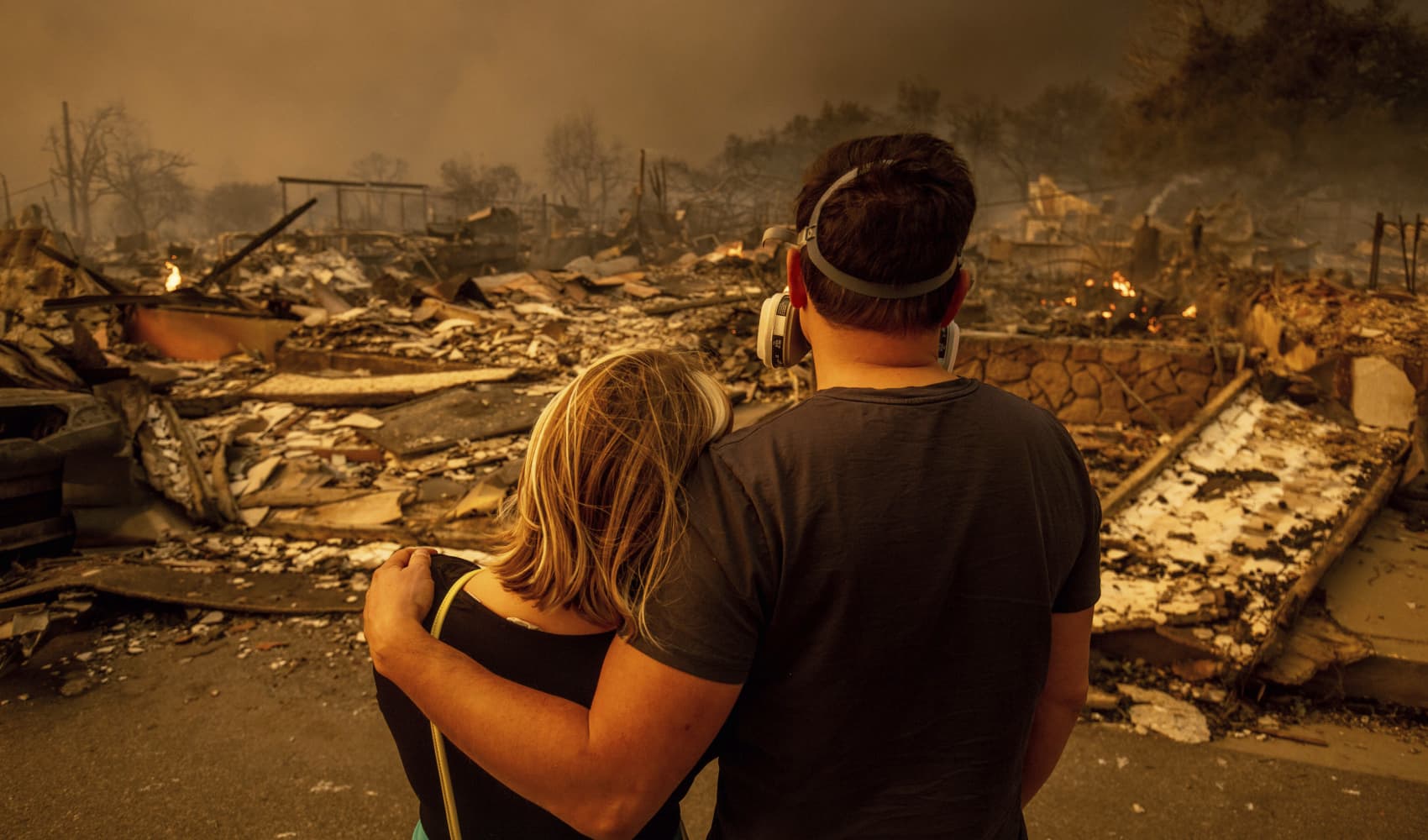Southern California has many treasures, but believe it or not, nothing like this hidden gem.
When most of us think of volcanoes, we think of molten lava spewing up from the earth and melting everything in its wake. So it may be hard to believe that in a quiet Carlsbad neighborhood lies an ancient and unusual volcano right below the ground.
WATCH ANYTIME FOR FREE
Stream NBC10 Boston news for free, 24/7, wherever you are. |
Welcome to Mount Calavera!
"Did you know that this is actually a volcano?" NBC San Diego meteorologist Francella Perez asked Channin Franz, a hiker at Carlsbad's Calavera Nature Preserve.
Get updates on what's happening in Boston to your inbox. Sign up for our News Headlines newsletter.
"The only way I knew this was actually a volcano is that my husband grew up just on the other side, so when he kind of explained to me. I didn’t really believe him at first and then when we showed up here, they have really great information and as a family we were able to read and got good info reading it," Channin Franz said.
Most people don't think of volcanos being just a few miles away from the beach.
Mount Calavera was created 22 million years ago when the North American plate and Pacific Plate collided in a process called subduction, fueled by incredible pressures within our planet’s core. Volcanoes are nature’s ultimate destructive force. They shoot molten lava and toxic gases miles into the atmosphere and when the lava is too thick to run over the top, it can create what geologists like Dr. Pat Abbott call a plug dome volcano.
U.S. & World
What’s unusual is that hikers are able to see the exposed volcanic plug with its columns.
"Where you see all those hexagonal columns," Abbott said, pointing to what looks the side of an eroded, small mountain, "that was the throat of the volcano and at its time the magma was coming up, pushed by gas, the gas was blasting pieces into the air, until the gasses where mainly exhausted. Then we have some lava flows for some of the magma that flows out. Then there's not any gas or much magma left, so what remains in the throat, shrinks and pulls back into six-sided columns," Abbott described.
These columns are similar to the ones normally found in national parks and monuments, which now carry famous names like Devils Tower in Wyoming and Devils Postpile in eastern California. Both are pictured below.

Is Mount Calavera also the kind of volcano that can erupt again? Is it extinct, or just dormant?
"Dormant is when we still see magma below the surface, still see a lot of little earthquakes … this here, there is no magma, there are no little earthquakes here. This volcano is extinct. It will never erupt again, not even during a large earthquake," Abbott said.

That’s good news for folks who live and play here.
"I like how it's really big," 7-year-old resident Samuel Franz said.
Big indeed. Great for walking, hiking, or biking, the Calavera Nature Preserve includes a 1.9 mile loop around the lake and stunning 360 views of North County and its coastline.
Spanning over 100 acres with 4 miles of hiking and biking trails, Lake Calavera Preserve is one of San Diego's best-kept secrets, featuring a fascinating volcanic history you may not have known about — and the best part is, it’s easily accessible and completely free!



